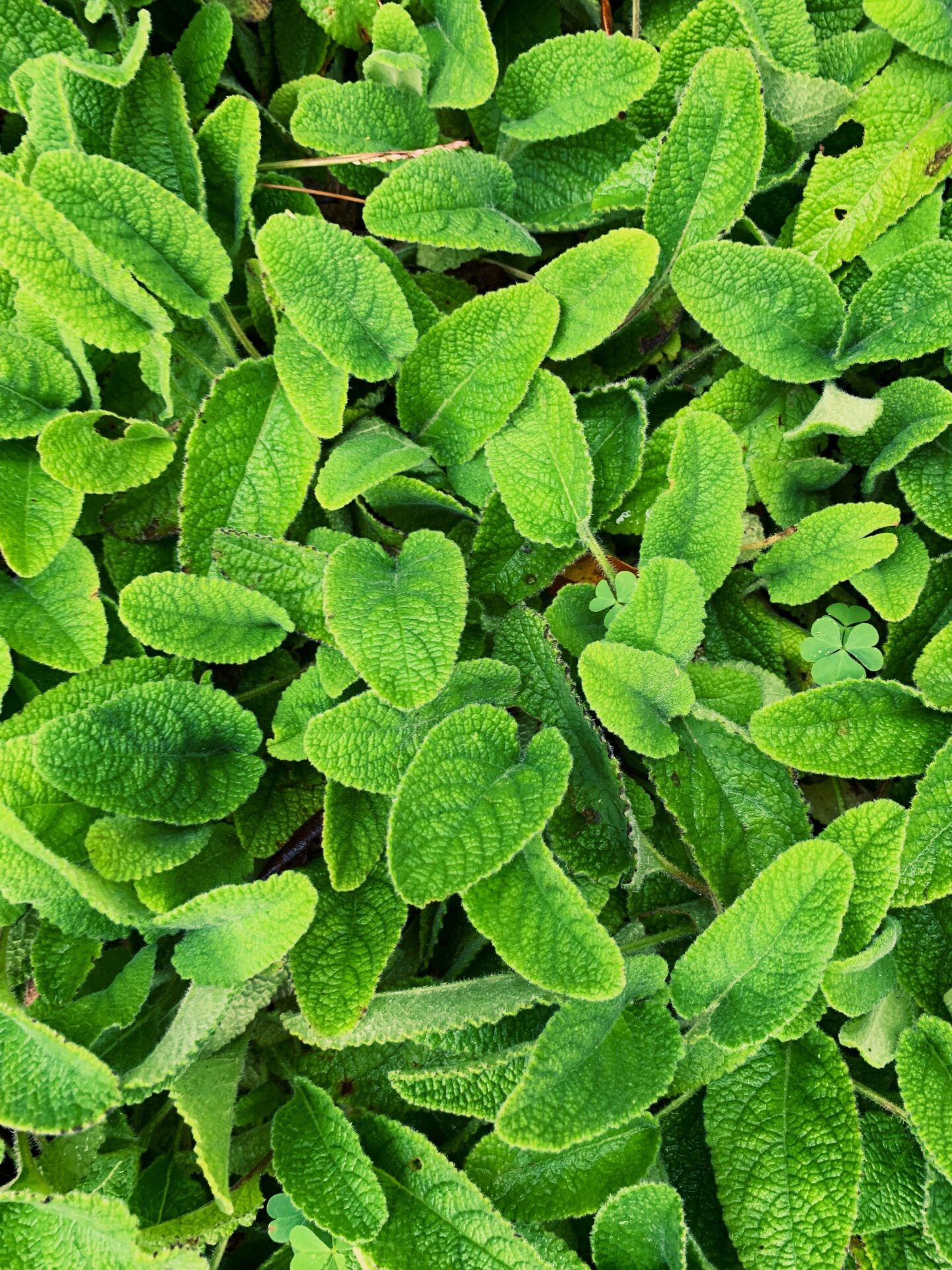Disclaimer: This Materia Medica is provided for informational purposes only and should not replace professional medical advice. Please consult with a qualified healthcare practitioner or herbalist before using any herbal remedies.
White Sage (Salvia apiana) Materia Medica
Introduction: White Sage (Salvia apiana) is a sacred and aromatic herb native to the southwestern United States and northwestern Mexico. It has been used for centuries by indigenous peoples for its healing and spiritual properties. As a professional herbalist, it is essential to understand the various facets of White Sage in terms of its medicinal uses, preparation methods, dosages, contraindications, and potential side effects.
Botanical Description:
- Family: Lamiaceae (Mint family)
- Genus: Salvia
- Species: apiana
- Common Names: White Sage, Sacred Sage, Bee Sage
- Habitat: Dry, arid regions of the southwestern United States and northwestern Mexico
Medicinal Properties:
- Anti-Inflammatory: White Sage contains compounds like rosmarinic acid and flavonoids that exhibit anti-inflammatory properties, making it valuable for conditions such as arthritis and muscle pain.
- Antibacterial: It has antimicrobial properties that can help combat bacterial infections when used topically or as a gargle for sore throats.
- Astringent: White Sage has astringent properties, which can aid in wound healing and reduce excessive sweating when used as a tea or wash.
- Antioxidant: The herb contains antioxidants that help neutralize harmful free radicals in the body, potentially reducing the risk of chronic diseases.
- Respiratory Support: White Sage can be used as a respiratory remedy to alleviate symptoms of congestion, coughs, and colds. Inhaling the smoke from burning dried leaves (smudging) can help clear the airways.
- Digestive Aid: It can be used to soothe digestive discomfort, alleviate indigestion, and promote healthy digestion when consumed as a tea.
- Calmative: White Sage has a calming and relaxing effect, making it useful for managing stress, anxiety, and insomnia.
- Spiritual and Energetic Cleansing: White Sage is often used in smudging rituals to clear negative energy, purify spaces, and enhance spiritual awareness.
Preparation and Dosage:
- White Sage Tea: Steep 1-2 teaspoons of dried White Sage leaves in a cup of hot water for 10-15 minutes. Drink up to 3 cups per day for digestive or respiratory support.
- Smudging: Burn dried White Sage leaves in a smudging ritual to cleanse energy in a space or around the body. Use a heatproof bowl or abalone shell to catch the ashes.
- Topical Use: Create a White Sage-infused oil or salve for topical application on sore muscles, wounds, or skin conditions.
- Gargle: Make a White Sage gargle by infusing the herb in warm water and use it to soothe a sore throat.
- Tincture: White Sage tincture can be taken in small doses (usually 10-30 drops) for its medicinal benefits.
Contraindications and Cautions:
- White Sage should be used with caution during pregnancy and breastfeeding, as its safety in these situations has not been adequately studied.
- Individuals with a known sensitivity or allergy to plants in the Lamiaceae family (such as mint, basil, or rosemary) may experience allergic reactions.
Side Effects:
- When used in moderation and as recommended, White Sage is generally safe. However, excessive smudging or inhalation of the smoke may irritate the respiratory system in some individuals.
Note: As with any herbal remedy, it is crucial to consult with a qualified healthcare professional or herbalist before using White Sage, especially if you have underlying medical conditions or are taking medication.
Conclusion: White Sage, with its rich history and diverse medicinal properties, can be a valuable addition to an herbalist’s repertoire. When used mindfully and respectfully, it offers a range of benefits for physical, emotional, and spiritual well-being. However, it is essential to approach its use with respect for cultural and ecological considerations and to ensure its sustainable harvest and usage.






